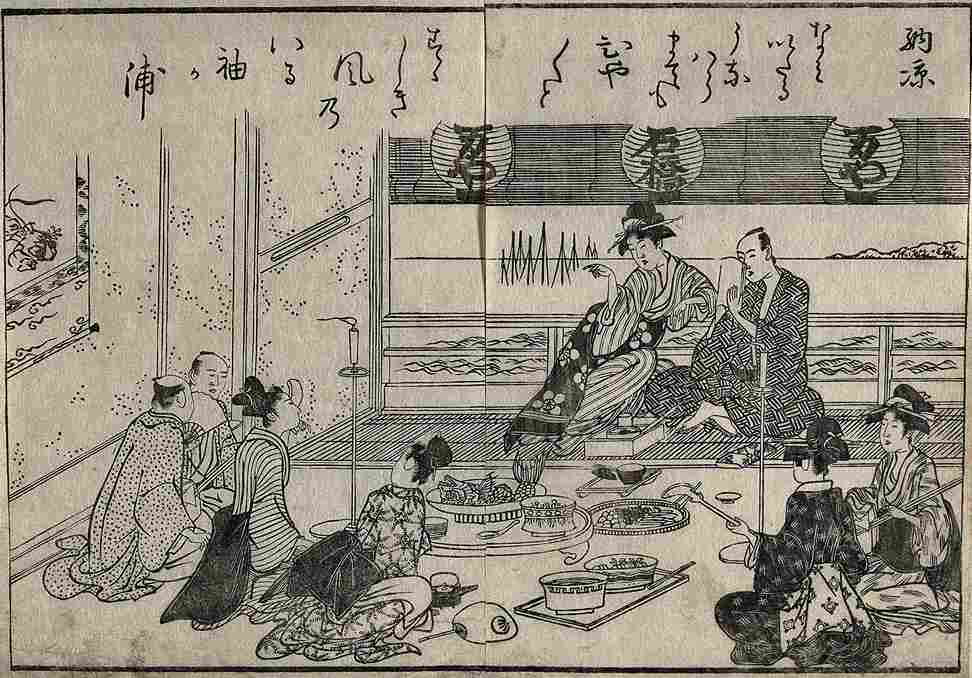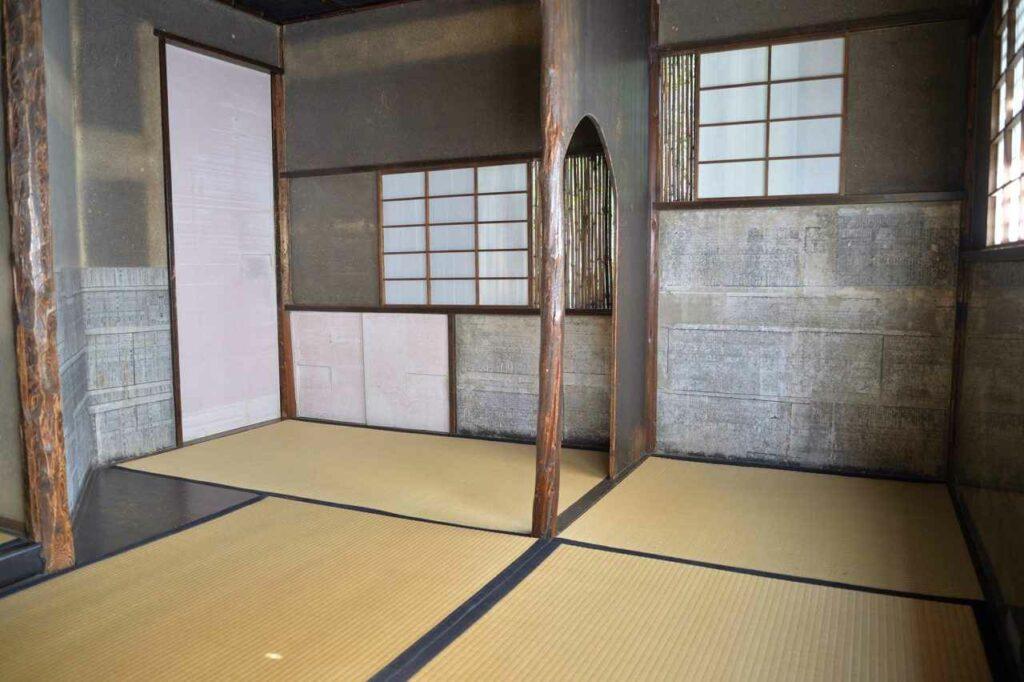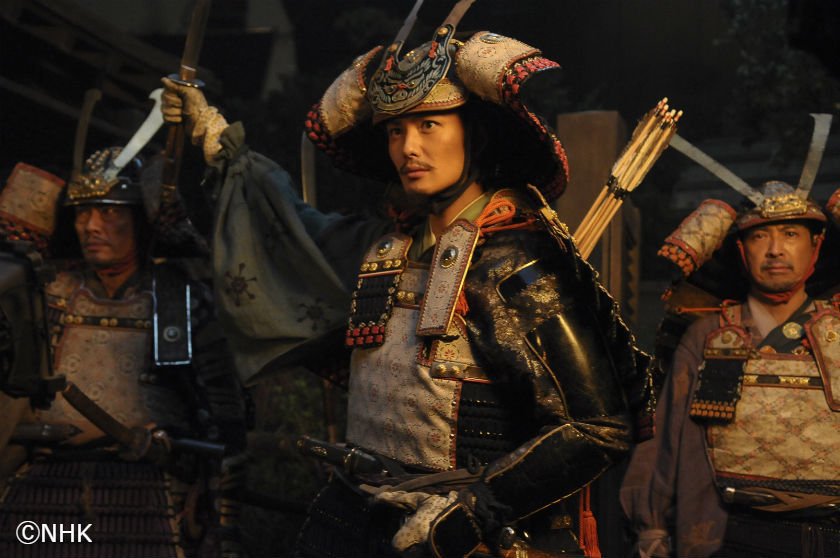Anyone up for a cup of tea? You’ll have no problem looking for your type of blend even around the corner. Tea has become a staple drink worldwide, and whether it’s part of a health regimen or a social catchup for friends, people keep brewing more. But these reasons were initially not the case in Japan when this culture was starting to emerge in the country. Unlike casual afternoon teas, Japan’s tea ceremony looked quite different at that time as it was shaped by changing systems and beliefs. Explore the Japanese tea culture by looking back at how everything began and eventually transformed into one of the most practiced traditions today.
The Political History of Chanoyu
Though tea had been consumed in Japan by the 8th century, Eisai the monk was responsible for reviving the country’s tea culture and bringing Zen Buddhism to his native land. Since the 12th century, a succession of 18 clan-based military emperors known as “shoguns” have been in power in Japan, overthrowing the imperial monarchy. The shoguns were Japan’s real rulers, despite the fact that they were nominally the emperors’ subordinates. By the middle of the 15th century, the Shogunate was in disarray, and Japan had entered the Sengoku Jidai, or period of civil wars.

Ashikaga Takauji
Image Credit: The History of Fighting
The daimyo, or local lords, came to hold control. They were keen to increase their status and influence by both military and cultural means. Takauji, the founder of the Ashikaga shogunate, emphasized the importance of both military and civil cultivation during his reign. This shifted attention to elements such as tea which fall under civil arts. By the 12th century, the military shogun dynasty of Japan was in control of the country as the emperors’ influence had diminished. The shoguns, the assumed apex of ancient society (which was supposed to be the emperor), were keen to boost their stature by using the art of tea.

Image Credit: Welcome Collection
Chanoyu: Japan’s Tea Ceremony
The “Chanoyu” or Japanese tea ritual first appeared in the sixteenth century. It was a form of aristocratic art that gave the ruling class of Japan, the warrior elite, and affluent merchants a forum to create and strengthen social bonds. Although tea was utilized in Japan in a variety of ways, the imperial or shogunal circle at the top of society exploited the tea culture to elevate their status among their contemporaries. The shogun always received the first harvest from the best tea growers he supported. Fancy tea parties were used by rulers like Oda Nobunaga and Toyotomi Hideyoshi to strengthen their positions of authority and build relationships with the daimyos (feudal lords). These rituals evolved into a method for measuring allegiance and preserving political stability.
Sen no Rikyu and the New Ceremony Style

Sen no Rikyu (L) and Toyotomi Hideyoshi (R)
Image Credit: Osaka.com
In the Sengoku era, tea culture brought enormous influence to both the shoguns and the warlords. Toyotomi Hideyoshi, a samurai daimyo, and Sen no Rikyu, a trader from the port city of Sakai, are a prime illustration of this. Even when Rikyu’s tea advice went against custom or his own preferences, Hideyoshi cherished them. When performing Chanoyu for Hideyoshi and his entourage, Rikyu was observed to veer away from the standard usage of the daisu shelf, which has a rich history in the tea ritual.
Rikyu’s style of Chanoyu as a means of subtly enhancing the reputation of tea practitioners of the merchant class can be observed through a comparison between Toyotomi Hideyoshi’s overbearing opulence and Rikyu’s modesty. For Hideyoshi, admiration from military power was not enough, and Chanoyu’s reputation would be a valuable asset in his effort to take over as de facto ruler of Japan. He did this, among other things, by hosting a massive tea party in the fall of 1587. Hideyoshi insisted that everyone who practices tea in the Kyoto region come to the “Kitano Grand Tea Party” in order to demonstrate the power and cultural authority he so desperately craved.

Tea room layout inspired by Sen no Rikyu (Design by Architect Rei Mitsui)
Image Credit: Window Research Institute
Chanoyu Japan’s Tea Ceremony: Rikyu’s Intimate Approach
In contrast, Rikyu’s ceremonies are known to be much more modest, rustic, and affordable. In basic, rustic cottages with minimal tools, he made tea and shared it with a few visitors, sometimes just one at a time. Instead of being a lavish party, it evolved into a method to comprehend the intricacies of life, how hosts and guests can interact without words, and discover important facts about one another. He incorporated seasonal decorations like flowers and plants into his tea room design and used natural light and vistas to create a peaceful ambiance as connection to nature was an important part of his philosophy. His emphasis on creating an intimate atmosphere enabled meaningful connections amongst a small group of visitors, fostering an atmosphere where participants could completely connect with their fellow guests and the moment at hand.
Following Buddhism and Zen Ideals
Buddhism had become well-established in Japan in the 8th century. But Zen wasn’t brought in until the 13th century. Furthermore, it took a few more decades for it to achieve the popularity that it did in the 16th century. The deliberate efforts of Sen no Rikyu and his peers led to the principles of Zen Buddhism. Chanoyu becoming inseparably intertwined. The tea men’s Chanoyu was created with the intention of being a coarse subtle style with a strong foundation in Zen philosophy as well as an awareness of modesty.

Image Credit: Traditional Kyoto
Rikyu emphasized Zen philosophy in his Chanoyu beliefs, appealing to the existing warrior class. Zen’s principles of impermanence and discipline resonated with samurais. They sought enlightenment through meditation and direct mind-to-mind transmission, not fasting or scripture study.
The Zen concept “Ichigo Ichie” guides tea hosts and guests to value each moment and encounter. It teaches gratitude, presence, and genuine respect for all, regardless of status. This ethos promotes equality among tea practitioners.
Optimal tea-making instruments vary based on tea type and prevailing styles of the time. While Japan’s tea wares diverged from China’s, the idea of esteem elevation persisted. Before the Sengoku era, importing or mimicking Chinese artefacts marked high culture in Japanese elite tea circles.

Image Credit: Alain Truong
From the 13th to 16th centuries, Japan loved Tenmoku wares. By the 16th century, Japanese kilns made replicas. Initially, people thought China made this bowl. Yet, Seto and Mino regions in Japan produced similar designs. The Temmoku style remained popular during the Sengoku era. Rikyu preferred humbler materials, challenging this trend.
Chanoyu Japan’s Tea Ceremony: Recognizing Hidden Value in Imperfection
In the realm of material culture, the concept of gekokujo shines through. Emphasizing that imperfections in items shouldn’t be perceived as defects. Instead, these seemingly inadequate pieces rebel against their polished counterparts, like the esteemed temmoku wares. It’s a testament to the depth of appreciation that even items appearing worn-out or deemed worthless harbour a concealed value. This profound understanding is reserved for true connoisseurs of the tea art. Who can discern and elevate these items. Distinguishing themselves from those unfamiliar with the unparalleled cultural prestige that mastery of tea artistry confers
Although Japan’s Chanoyu started out as an exclusive practice to increase the disparity between the elite and the commoner. It has developed into an intimate gathering that highlights humility, appreciation, and togetherness. There is no doubt that this culture remains to be an expression of Japanese identity. Not just because of its unique aesthetic. But all the more of the intrinsic values that its people have learned and still hold to this day.

















































